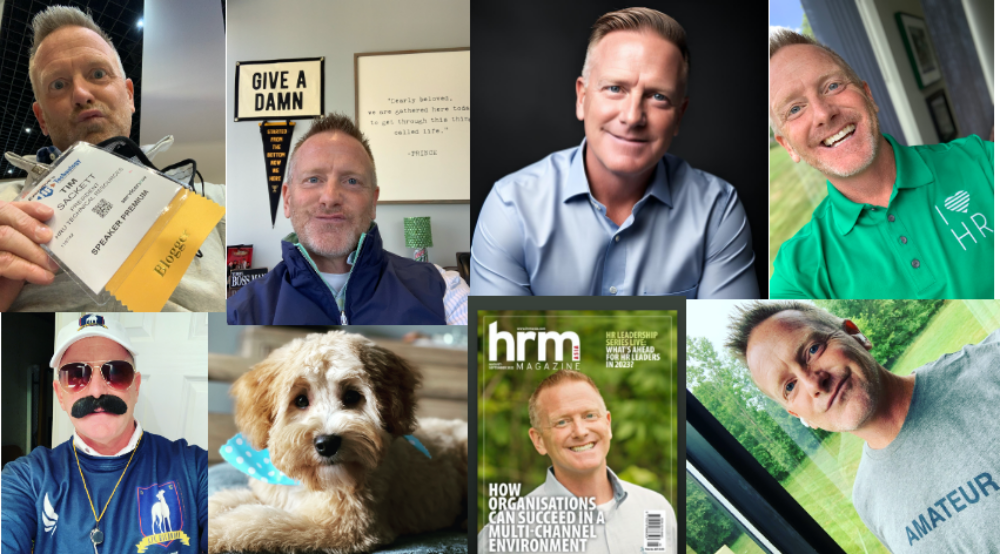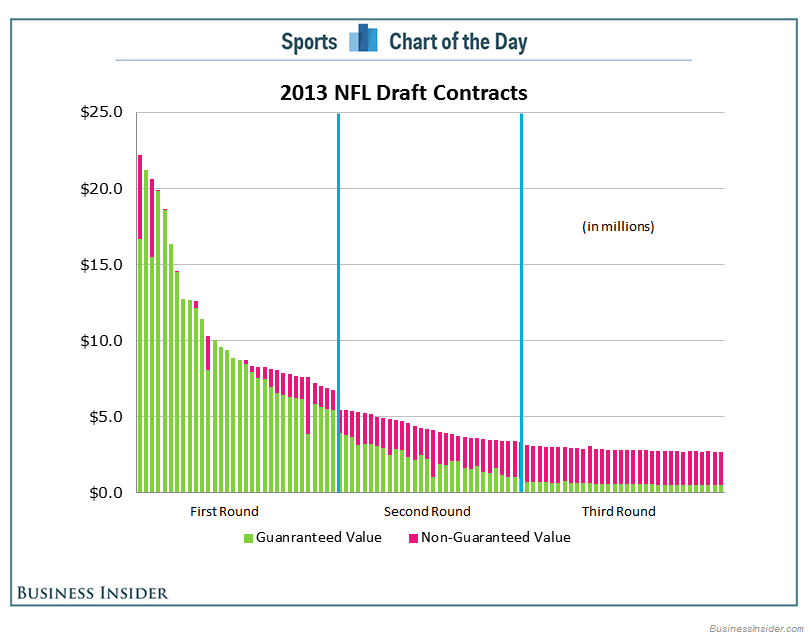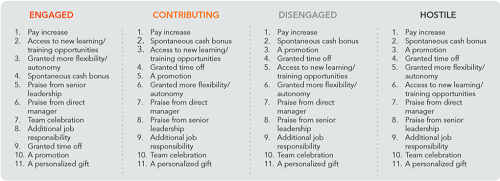If you clicked over to read Dirty Little Secret #26 and you’re looking for numbers 1 – 25, hold tight, I haven’t written those yet. I just like picking random numbers for posts because they work, and I believe HR has at least 26 Dirty Little Secrets. This is just one. I’m not really ranking them. Number 26 could be as bad or worse than number 1. I’ll let you decide when they’re all done.
So, what is HR’s Dirty Little Secret #26?
“We check secondary references, without you knowing, all the time!”
First let me give you the line 100% of all HR Pros will give to you and all employees, all the time. “We do not give references. We will only give you employment verification, which includes dates of employment. Thank you.”
You’ve heard that, right?
One of HR’s most dirty little secrets is that we give out references all the time!!! Especially, if you’re a terrible employee! We just don’t do it publicly. The Chairman of JetBlue Airlines, Joel Peterson, wrote a blog post on LinkedIn (first, I doubt highly he wrote it, but his PR team did a nice job with the series) titled “Top 10 Hiring Mistakes, #5 Lazy Reference Checking”, where he gives advice about checking secondary references. Secondary references are those references that a candidate didn’t give you, but you have through your own connections. His advice was awful, but he’s a public figure, he had to give it. He said you should always let the candidate know you’ll be checking secondary references so they can reach out and let those people know.
First, thanks for the tip Joel, but that never happens. Never. Plus, why would I want to give away the one unfiltered piece of the selection process I can get!? You don’t!
Here’s reality. If you interview for a position, you should assume that someone in the organization is checking secondary references behind your back. It’s easy to do. I call up a buddy who works at your current, or old organization, we talk, catch up on our favorite teams, crazy employees we both know, etc. Then, she let’s me know if you’re a train wreck or not. Of course, she also first says, “Tim, you know we can’t give references.” Then she says, “Off the record, your candidate is a psycho path!” End of secondary reference.
You think I’m joking. It happens just like that, and it happens every. single. day.
Don’t get me wrong, most of the time, the secondary reference actually comes back positive. You get more of an unfiltered references than you get by checking the ‘given references’ a candidate provides to you as part of your process. Given References are completely worthless. I don’t even waste my time checking given references. If someone can’t find three people who think they walk on water, they’ve got bigger problems.
If you’re going to do ‘given references’ because you can’t talk the old white guys in your leadership out of it, because it makes them feel all warm, fuzzy and comfortable, at least talk them into automating this process. Chequed is a company that does it better than anyone, and it will totally take this worthless activity off your back. Plus, Chequed has shown that people who fill out an automated reference check, even a given reference, will be more honest about a person’s actual strengths and weaknesses. I’m a fan of their science. (FYI – they didn’t pay to say that, although, they should!)
I won’t ask what HR Pros think about this, because they’ll mostly lie and say they don’t do this. That’s why it’s my HR’s Dirty Little Secret #26.


